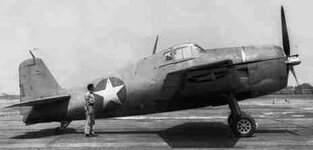Gold Supporter
- Messages
- 24,573
- Reactions
- 37,301
I have noticed a bunch of Hellcat pistols popping up for sale recently. Tigard Pawn brought in a new one last year and it's still sitting there. Is there a problem with them or are people just moving on to the next big thing.
This one is pretty close to being a good deal but I don't want to hop on board the Hellcat train if there are common issues owners are dealing with.

 www.northwestfirearms.com
www.northwestfirearms.com
This one is pretty close to being a good deal but I don't want to hop on board the Hellcat train if there are common issues owners are dealing with.
Springfield hellcat osp
Selling 9mm hellcat osp with apex trigger. Comes with box 11rd mag, 13 rd mag, a cheap righthand iwb holster and a vedder left hand iwb holster not pictured. I think I'm the 2nd owner so not positive on round count but I've put a couple hundred through it. Still in great condition. ***edited...
Last Edited:














